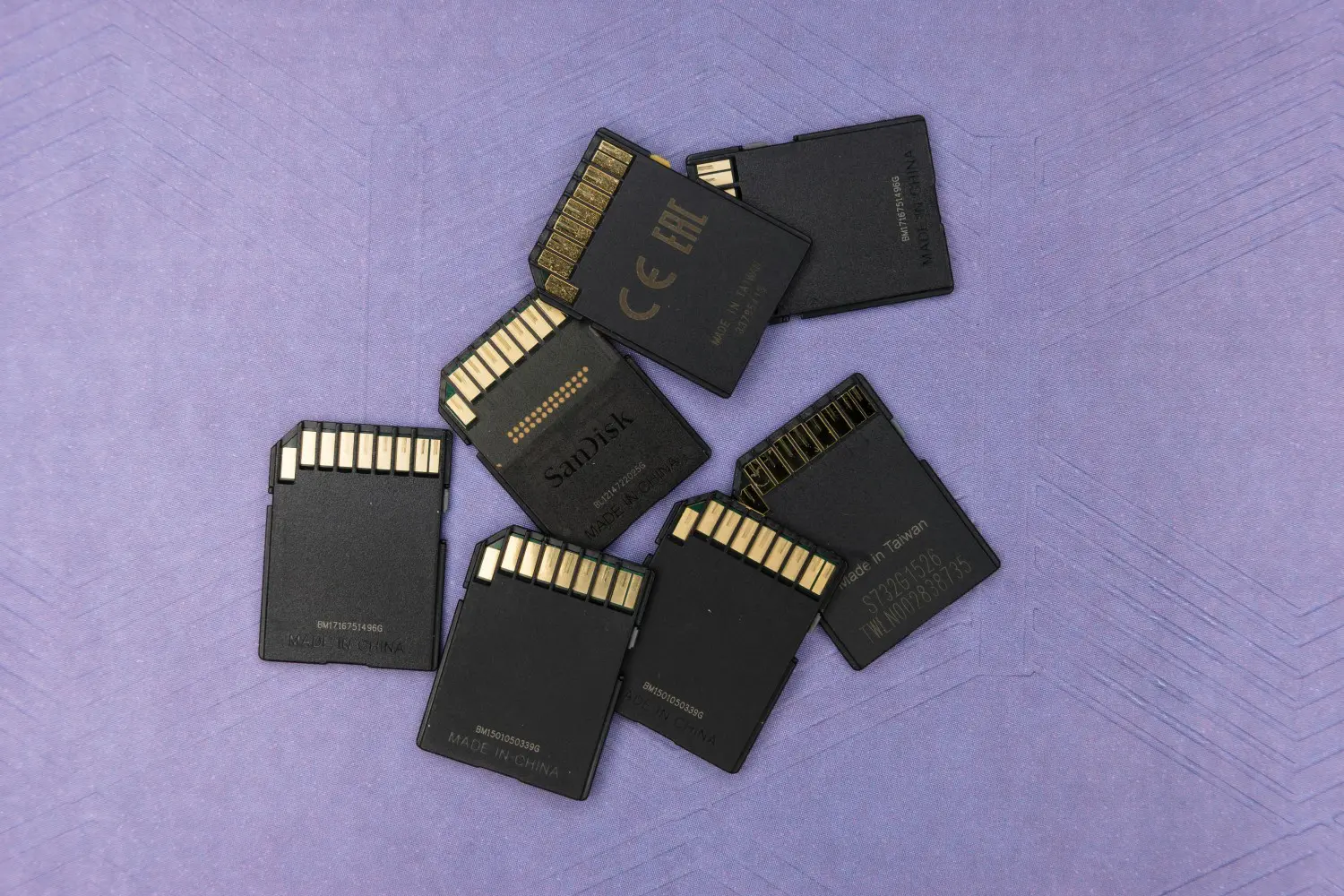In today’s fast-evolving threat landscape, endpoint protection is more critical than ever. Two of the leading players in this space are CrowdStrike and SentinelOne, both offering advanced endpoint detection and response (EDR) capabilities. But how do they compare, and which is the better choice for your business?
In this article, we explore CrowdStrike vs SentinelOne, examining features, performance, and key considerations for IT decision-makers.
Crowdstrike vs SentinelOne
Cloud native architecture
Both solutions are built on modern cloud-native architectures, enabling seamless scalability and rapid deployment. CrowdStrike Falcon uses a lightweight agent that connects to its powerful cloud-based threat intelligence platform well-suited for enterprises with mature SOCs.
SentinelOne Singularity, however, stands out for its autonomous capabilities at the endpoint level. Its single-agent architecture not only supports cloud-native operations but also functions effectively in offline or low-bandwidth environments making it more adaptable across diverse infrastructure setups.
Threat detection and response
CrowdStrike offers robust threat detection with rich telemetry and integrations, and its Falcon OverWatch managed hunting service is a key differentiator for organisations seeking expert-backed threat analysis.
Yet SentinelOne’s AI-driven automation gives it a significant edge in real-time response. It doesn’t just detect threats it automatically kills malicious processes, rolls back systems to a safe state, and isolates compromised endpoints. This level of autonomous response greatly reduces dwell time and manual effort, making it ideal for businesses aiming for faster containment and minimal disruption.
Performance and user experience
SentinelOne consistently earns praise for its lightweight footprint and speed, particularly in performance-sensitive environments such as finance and healthcare. Its intuitive interface, including interactive visual timelines, helps security teams respond quickly and confidently even those with lean resources.
While CrowdStrike also performs well and offers deep customisation, its full potential is often realised in environments with dedicated in-house expertise. SentinelOne, by contrast, delivers immediate value with less complexity appealing to organisations seeking powerful protection without the overhead.
Pricing and licensing
Both vendors use tiered pricing models, and costs can vary depending on the size and needs of your organisation. CrowdStrike is generally seen as a premium offering, with pricing reflecting its extensive threat intelligence and managed services. SentinelOne, however, strikes a stronger balance between capability and cost. Its straightforward licensing and emphasis on automation deliver excellent value, particularly for mid-market businesses and enterprises looking to optimise both security and budget.
Verdict: Crowdstrike vs SentinelOne
CrowdStrike is undoubtedly a strong contender, offering best-in-class threat intelligence and customisation, particularly suited for larger enterprises with mature SOCs and the resources to maximise its capabilities.
However, SentinelOne edges ahead for most businesses, thanks to its powerful autonomous response, performance efficiency, and lower operational complexity. It delivers market-leading protection with better value for money, making it a smart, scalable choice for organisations that want advanced EDR without the enterprise price tag.
At Bridgeall, we help organisations evaluate and implement the right cybersecurity solutions tailored to their risk posture, infrastructure, and compliance needs. If you’re weighing up CrowdStrike vs SentinelOne and want independent, expert advice, our cybersecurity specialists can help.




